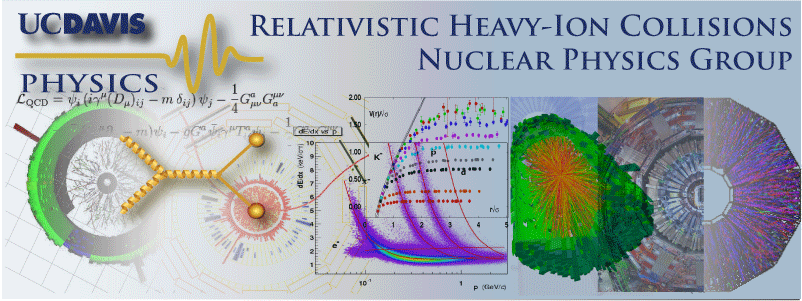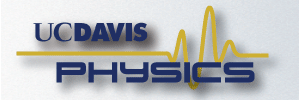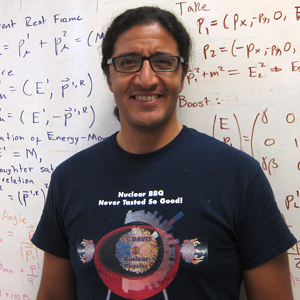
Manuel Calderón de la Barca Sánchez.
Professor of Physics
Nuclear Physics Group on Relativistic Heavy Ion Collisions
Department of Physics
University of California
One Shields Ave.
Davis, CA 95616-8677
Physics Building, Rm. 397A
ph: (530) 754 9609
fax: (530) 752 3926
mcalderon at ucdavis.edu
STAR Experiment.
CMS Experiment.
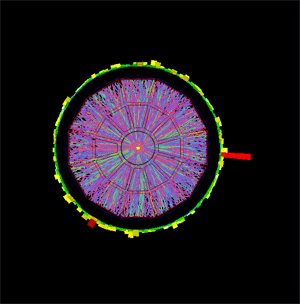
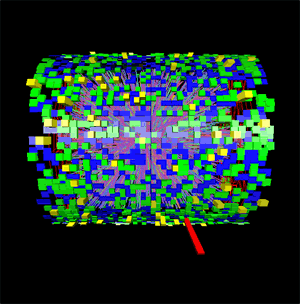
Heavy Ions at UC Davis
The images above are related to our research. The outcome of collision events among two particles accelerated to relativistic energies. We do this to study the strong nuclear force, which gets its name from the fact that it is the strongest force in nature. It is stronger than gravity and stronger than electricity. Without it, protons, neutrons and the nuclei that make up all the matter we are familiar would not exist. We have realized that these familiar nuclei are only the low-temperature manifestation of the particles that make up the strong force, in a similar way in which ice is the low temperature manifestation of liquid water whose molecules interact via the electric force. By heating up ice we can melt it and make water. Likewise, we can collide nuclei at the highest possible energies in order to make matter that is hotter than the sun for an instant, and produce a new state of matter in which the protons and neutrons have melted into their more elementary constituents which are particles called quarks and gluons. This new state is called the Quark-Gluon Plasma and has very surprising properties.
The events displayed are from collisions of two gold nuclei. Many particles are produced in the collision. We look for energetic electrons among the collision products. The detector we use is the STAR experiment, at Brookhaven National Laboratory in Long Island, NY. The display shows particle tracks in the Time Projection Chamber and also the signal seen in the Barrel Electro-Magnetic Calorimeter (outer cylindrical shell in the display). There are 4800 individual detectors in the calorimer which are sensitive to photons (energetic particles of light which are also called gamma rays) and electrons. Most of the cells show little energy and are colored blue or green. The areas where there was a large signal detected are colored yellow and red, and drawn larger than the rest of the cells. When we have at least one red cells and a few other yellow cells, that is a signature for an event which could have an electron-positron pair. There are many particle tracks in the Time Projection Chamber, but only a few have large momentum and point to calorimeter towers with large energy. Matching high momentum tracks to high energy areas in the calorimeter we can find the interesting electron-positron pairs, like the one shown above. These can be produced from the decay of particles made of a quark and an antiquark, and can tell us about the properties of the new state of matter formed in heavy-ion events, akin to melitng nuclear matter. We call this state the Quark-Gluon Plasma, because the protons and neutrons in the nuclei melt into a soup of their constituent quarks and gluons. The di-electron events in these collisions can tell us how hot is this "quark soup".
Supported by grants from the National Science Foundation: Grant No. 1812398. , Grant No. 1322527 (LHC Film "Secrets of the Universe"), Grant No. 1263201 (REU Program). Past Grants:Grant No. 1404281, Grant No.1068833, CAREER Grant No. 0645773, Grant No. 1038404 (Hot Quarks conference)
